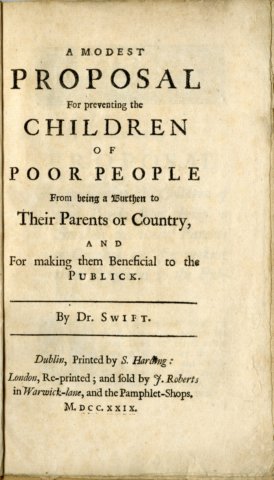Given a KML file of volcano locations, and a Shapefile of country boundaries, determine the countries with the greatest density of volcanoes.
It's slightly contrived, but contains a nice variety of spatial and data manipulation tasks, including reading spatial data formats, spatial joins, and grouping and sorting.
Here's the JEQL script:
KMLReader tvol
file: "http://www.volcano.si.edu/ge/GVPWorldVolcanoes-List.kmz";
ShapefileReader tworld file: "geocommons-world.shp";
Mem tworld;
tc = select NAME, first(AREA) area, count(*) num
from tvol join tworld
on GeomPrep.contains(tworld.GEOMETRY, tvol.geometry)
group by NAME;
td = select NAME, num, area, Val.toDouble(num)/area density
from tc where area > 0
order by density desc
limit 20;
HtmlWriter td file: "vol_density.html";
A few points to notice:- JEQL can read KML/KMZ files from the Web
- JEQL's way of chaining select statements together is more readable and maintainable than the regular SQL nested syntax
- The first() aggregate function in JEQL allows selecting a value from a non-aggregated column. This is often very awkward and inefficient to do in regular SQL.
- The GeomPrep function set uses the JTS PreparedGeometry API to optimize repeated geometry predicate evaluation
Dominica 4 75 0.0533333333333333
Grenada 1 34 0.0294117647058824
Tonga 2 72 0.0277777777777778
St. Vincent and the 1 39 0.0256410256410256
St. Lucia 1 61 0.0163934426229508
Martinique 1 106 0.0094339622641509
Comoros 2 223 0.0089686098654709
El Salvador 17 2072 0.0082046332046332
Western Samoa 2 283 0.0070671378091873
Guadeloupe 1 169 0.0059171597633136
Reunion 1 250 0.004
Vanuatu 4 1219 0.0032813781788351
Cape Verde 1 403 0.0024813895781638
Iceland 24 10025 0.0023940149625935
Solomon Islands 6 2799 0.0021436227224009
Guatemala 21 10843 0.0019367333763719
Costa Rica 9 5106 0.0017626321974148
Japan 64 36450 0.0017558299039781
Armenia 4 2820 0.0014184397163121
Nicaragua 16 12140 0.0013179571663921








